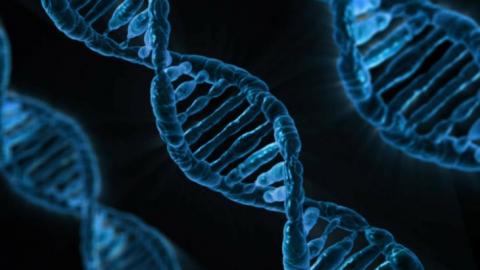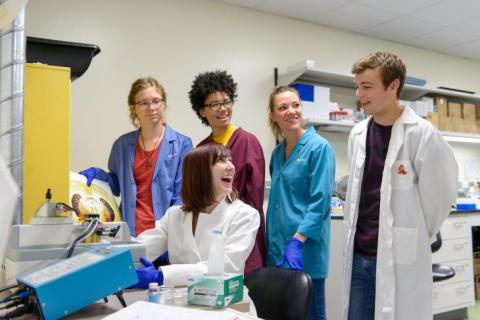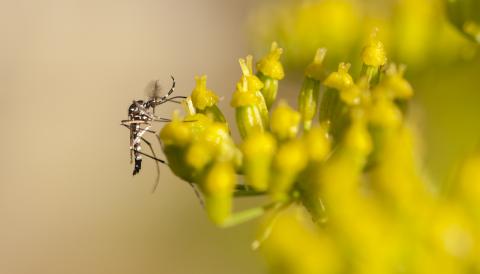Taming the tumor at Night at the Open Door ASU
Taming the tumor at Night at the Open Door ASU
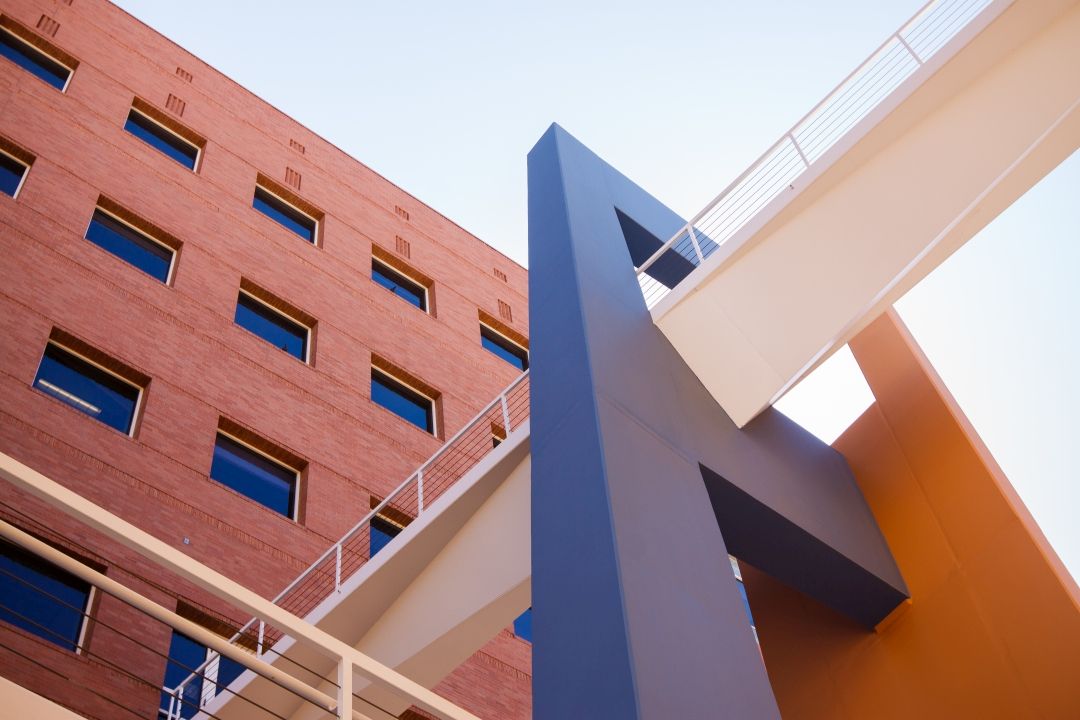
Could you tame a tumor? Children of all ages (and some adults, too) tested their medical prowess and learned about evolution and cancer with members of Dr. Athena Aktipis’ Lab at ASU’s annual Night at the Open door event.
“I was surprised to have many of the high school students and parents ask about the models and critically think about treatment strategies,” said Dr. Amy Boddy, who helped plan and coordinate activities “the students were so engaged with the science and that has me already thinking of bigger plans for next year’s event!”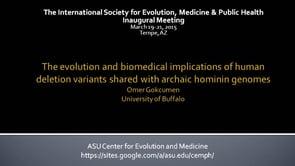
At the first of three stations, participants used computer models to trace the effects of different therapies (high does, low dose, and adaptive therapy) on cancer cells. Children chose a treatment strategy and were able to watch cancer cells respond by either dying or resisting death. Boddy explained the significance of simulation, “This model helps the students visualize how hard it is to treat all the cancer cells when they grow so fast. Importantly, it also shows how resistance happens and how hard it is to treat the resistant cells”.
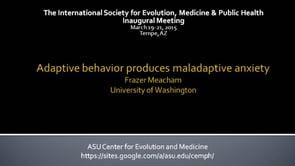 A second game challenged the children to build an organism without mutations. Organisms were created out of Bunchem balls. For each roll of the die a Bunchem ball could be added to their organism. A roll of zero represented a losing mutation. 10 Bunchem balls in a row meant survival for the tiny creature, and the newly created organism were rewarded with feet and a hat. The children were able to take their “organisms” home as a souvenir.
A second game challenged the children to build an organism without mutations. Organisms were created out of Bunchem balls. For each roll of the die a Bunchem ball could be added to their organism. A roll of zero represented a losing mutation. 10 Bunchem balls in a row meant survival for the tiny creature, and the newly created organism were rewarded with feet and a hat. The children were able to take their “organisms” home as a souvenir.
“Cancer across the tree of life”, a third station, was a big splash! The children placed scale models of species into buckets of water to measure the water displacement. This number could then be used to calculate the approximate number of cells in the animals’ body. Children then guessed whether or not certain species get cancer. Do plants get cancer? Yes. Do elephants. Yes. Species of different sizes carry different numbers of cells, some of which have the potential to become cancerous.
The Aktipis Lab at ASU studies cooperation across systems including human sharing and microbial cooperation. According to Athena Aktipis, “Cancer is a breakdown of multicellular cooperation”. Her lab examines this dimension of cancer through computational modeling and clinical collaborations.
Dr. Athena Aktipis is an Assistant Professor in the Department of Psychology and a faculty member of the Center for Evolution & Medicine. Dr. Amy Boddy is a Postdoctoral Fellow in the Department of Psychology and an affiliated member of the Center for Evolution & Medicine.
ASU Night at the Open Door is an annual open house event that invites community members throughout the valley to engage with interactive demonstrations of science, arts, and culture. The event has grown exponentially over the past few years and a night of education exploration takes place on each ASU campus. This year’s event on the Tempe Campus washeld the evening of February 27th
